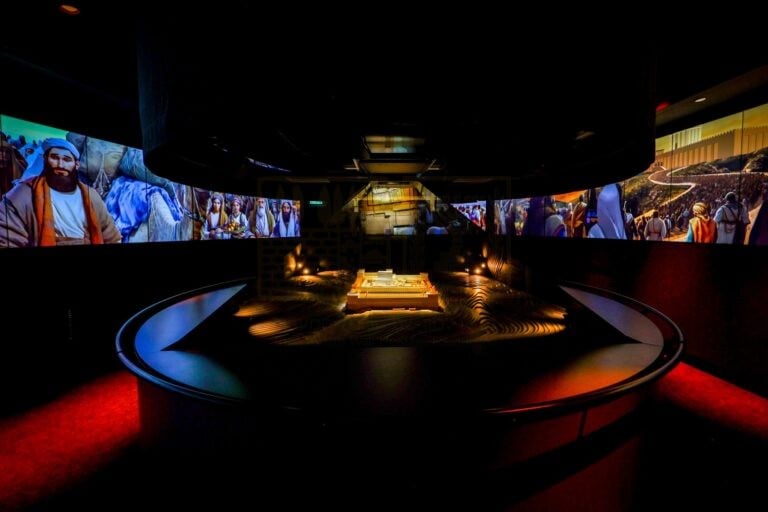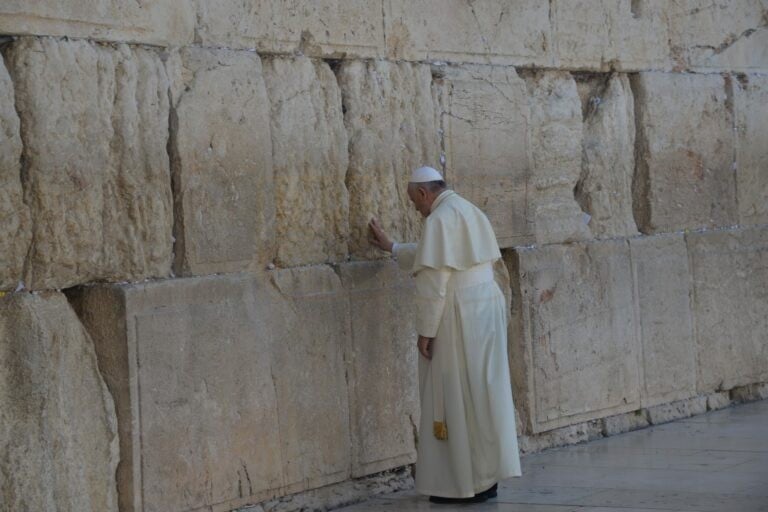A famous verse gets headlines on Tu Bishvat. “Is the tree of the field a man” (Deuteronomy 20, 19). This verse expresses the differences between human beings and trees. But it has been lovingly interpreted by commentators, philosophers, and kabbalists to actually express the connection between them. Many generations created a pseudo-protest against the differentiating interpretation, declaring – Yes! Man is the tree of the field!
What distinguishes trees from other kinds of vegetation? Its height, its uprightness. Vegetables grow close to the earth; bushes grow a bit taller; but trees grow and strive for the sky. Thus, human beings are compared to trees. They strive to reach higher, move forward, keep developing.
Human beings are distinguished from other living beings by their uprightness. This is not merely an external trait. It symbolizes the change from looking down to looking up; from a life focused on materialism to a life of spirit, of lofty aspirations, of looking up toward the heavens.
Both height and uprightness express the desire to transcend and progress, and the spirituality embedded in all human beings. Humans see the “height” of reality, the values, not just the interests. Looking up brings a person to prayer, to faith that there is a power that manages what happens here, and that “power” cares about truth and justice.
When Chazal describe Abraham in the midrash, the inquisitive child living in Mesopotamia about 4,000 years ago, they talk of a child who tended to look up to the sky on clear nights and wonder where everything came from. When the prophet Isaiah talks to the Jewish nation, he calls out to them, “Lift up your eyes on high and see, who created these?” (Isaiah 40, 26).
Human beings and trees look to the heavens, grow, and pray. Tu Bishvat reminds us of our transcendent traits and calls on us to implement them by living a spiritual and sacred life.









